Author: Cade Jobe
At the risk of oversimplifying, oxidation is a process whereby a substance changes when exposed to oxygen, usually for the worse. This is certainly the case when it comes to beer, particularly on the cold-side where oxygen exposure is known to hasten staling and create unpleasant flavors. For this reason, brewers employ various methods to reduce the risk of oxidation, one of the most common being purging kegs with carbon dioxide (CO2) prior to packaging.
There are a couple approaches to purging kegs, the simplest of which involves simply running CO2 into the bottom of the vessel for a given amount of time, the idea being that the heavier CO2 will ultimately displace the air in the keg. However, since gases readily mix, there’s no good way to know if a keg is in fact free of oxygen, which is why some prefer first filling the keg with a liquid, such as sanitizer solution, then pushing that out with CO2. Unlike the blending that occurs at the CO2-to-O2 interface, the CO2-to-liquid interface ensures all of the oxygen-rich air is removed from the keg once the liquid is pushed out.
When I started kegging, I accepted the importance of reducing oxygen exposure and relied on the simple method of purging empty kegs. It wasn’t until I read about commercial breweries using liquid to purge lines and kegs that I made the switch to filling kegs with sanitizer solution and pushing it out with CO2. Curious to see if this was a worthwhile switch, I decided to put it to the test.
| PURPOSE |
To evaluate the differences between a German Pils packaged in a keg that was purged empty and one that was first filled with liquid then purged.
| METHODS |
Known for being a delicate style, I went with a simple German Pils recipe for this xBmt.
Middle Of The Week
Recipe Details
| Batch Size | Boil Time | IBU | SRM | Est. OG | Est. FG | ABV |
|---|---|---|---|---|---|---|
| 5.5 gal | 60 min | 39 | 3.5 SRM | 1.049 | 1.009 | 5.25 % |
| Actuals | 1.049 | 1.009 | 5.25 % | |||
Fermentables
| Name | Amount | % |
|---|---|---|
| Pelton: Pilsner-style Barley Malt | 11.5 lbs | 100 |
Hops
| Name | Amount | Time | Use | Form | Alpha % |
|---|---|---|---|---|---|
| Magnum | 20 g | 60 min | Boil | Pellet | 14.2 |
| Tettnang (Tettnang Tettnager) | 20 g | 10 min | Boil | Pellet | 3.9 |
| Tettnang (Tettnang Tettnager) | 20 g | 1 min | Boil | Pellet | 3.9 |
Yeast
| Name | Lab | Attenuation | Temperature |
|---|---|---|---|
| Harvest (L17) | Imperial Yeast | 74% | 32°F - 32°F |
Notes
| Water Profile: Ca 39 | Mg 17 | Na 14 | SO4 6 | Cl 5 |
Download
| Download this recipe's BeerXML file |
I started my brew day by collecting the full volume of water for each batch, adjusting both to my desired mineral profile, then setting the electric controllers to heat them up.
I then weighed out and milled the grain for each batch.
With the water properly heated, I added the grains, turned the pumps on to recirculate, and set the controllers to maintain my intended mash temperature of 152°F/67°C.
While the mashes were resting, I weighed out the kettle hop additions.
Following each 60 minute mash rest, I raised the grain baskets out of the kettles and let them drain. The worts were then boiled for 60 minutes with hops added at the times listed in the recipe.
When the boils were complete, I quickly chilled the wort then took hydrometer measurements showing both were at the same OG.
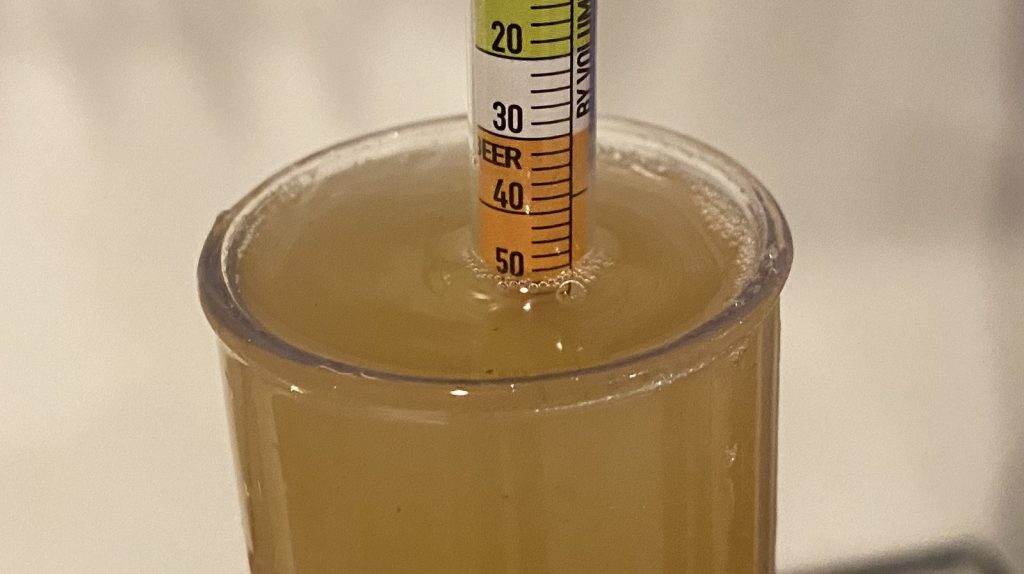
After combining the worts in a 14 gallon/53 liter Brew Bucket, I placed it in my fermentation chamber and pitched 2 pouches of Imperial Yeast L17 Harvest.
After 3 weeks of fermenting at 66°F/19°C, I took a hydrometer measurement indicating FG had been reached.
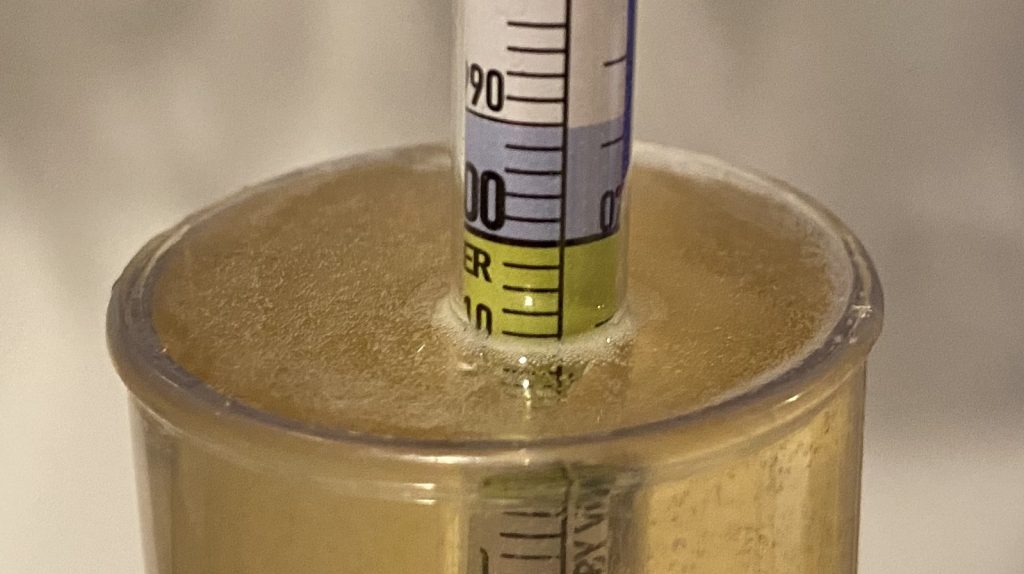
At this point, I proceeded with purging the kegs, one of which was left empty while the other was filled with sanitizer solution. After turning the CO2 to each keg on at the same time, I let them run until the keg filled with liquid was empty, at which point I cut the gas to both kegs off.
The filled kegs were placed on gas in my keezer and allowed to condition for a month before they were ready for evaluation.
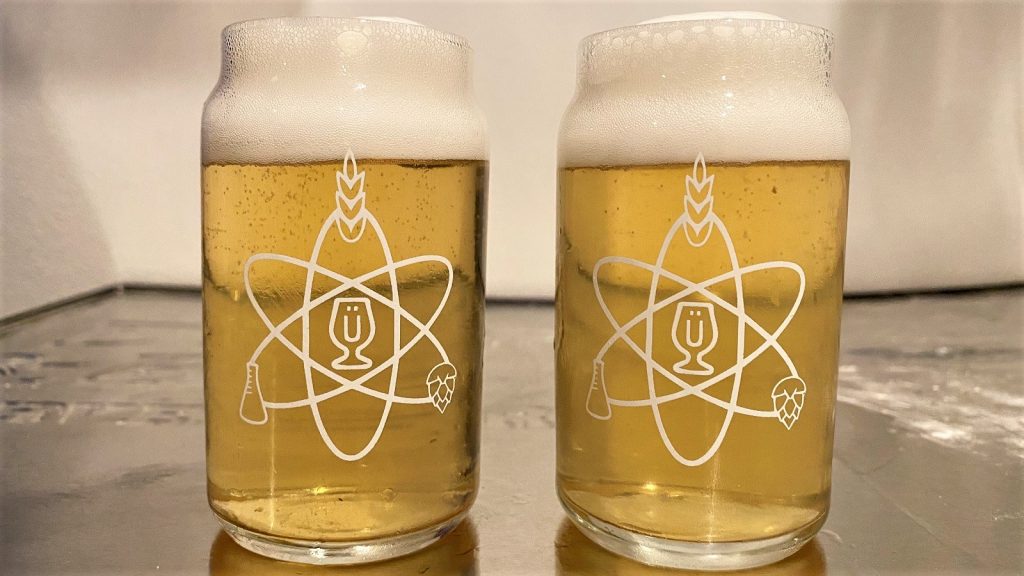
| RESULTS |
Due to social distancing practices as a result of the COVID-19 pandemic, data for this xBmt was unable to be collected in our typical manner. As such, temporary adaptations were made involving the author completing multiple semi-blind triangle tests in as unbiased a way as possible.
Utilizing 4 opaque cups of the same color where 2 were inconspicuously marked, one set was filled with the beer packaged in a keg that was purged without first being filled with liquid while the other set was filled with the beer packaged in a keg that was purged after being filled with sanitizer solution. For each triangle test, 3 of the 4 cups were indiscriminately selected, thus randomizing which beer was the unique sample for each trial. Following each attempt, I noted whether I was correct in identifying the unique sample. Out of the 10 semi-blind triangle tests I completed, I needed to identify the unique sample at least 7 times (p<0.05) in order to reach statistical significance. In the end, I correctly identified the unique sample 6 times (p=0.077), indicating my inability to reliably distinguish a German Pils served from a keg purged empty with CO2 run into the bottom from one where liquid was pushed out.
To my palate, the beers were the same, which left me guessing in my series of triangle tests. Both were slightly sulfury with a lemony hop note and just enough bitterness to make the pilsner malt sing. This was a really good pilsner!
| DISCUSSION |
Cold-side oxidation is a destroyer of beer, which is why brewers make the effort to avoid exposing their beer to oxygen, and one primary way to do this is by purging kegs with CO2 prior to filling. Whereas some simply run CO2 into an empty keg for a certain amount of time, others prefer pushing liquid out of the keg due to concerns related to the mixing of gases. My inability to reliably distinguish a German Pils packaged in a keg that was purged empty from one that was packaged in a keg where liquid was pushed out with CO2 indicates any differences were minimal enough to be imperceptible to me.
There’s no denying that, when purging an empty keg, the CO2 mixes with the ambient air, but these results suggest the amount of oxygen remaining was low enough to not negatively impact beer quality. While German Pils is an arguably delicate style, it’s possible these results would have been different in a beer that’s notably sensitive to oxygen such as Hazy IPA.
Having used both purging methods extensively, the results from this xBmt comport with my previous experience of each being effective, which also aligns with the reports from other brewers I’ve spoken with. Still, since I do not have the equipment to properly measure oxygen levels in my kegs, I’ll continue pushing liquid out with CO2, as it increases my confidence that the maximum amount of oxygen has been removed.
If you have any thoughts about this xBmt, please do not hesitate to share in the comments section below!
Support Brülosophy In Style!
All designs are available in various colors and sizes on Amazon!
Follow Brülosophy on:
FACEBOOK | TWITTER | INSTAGRAM
If you enjoy this stuff and feel compelled to support Brulosophy.com, please check out the Support page for details on how you can very easily do so. Thanks!



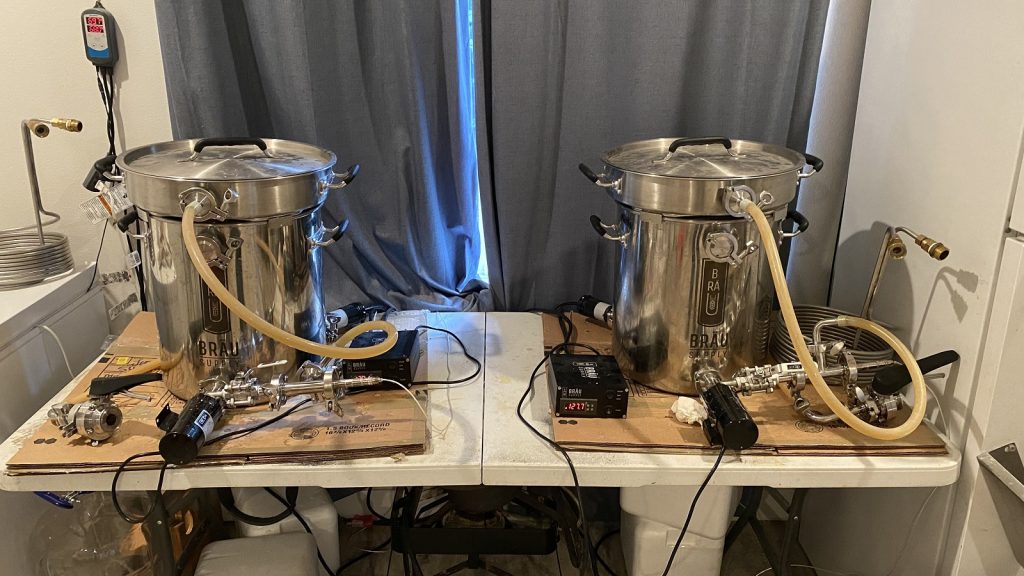
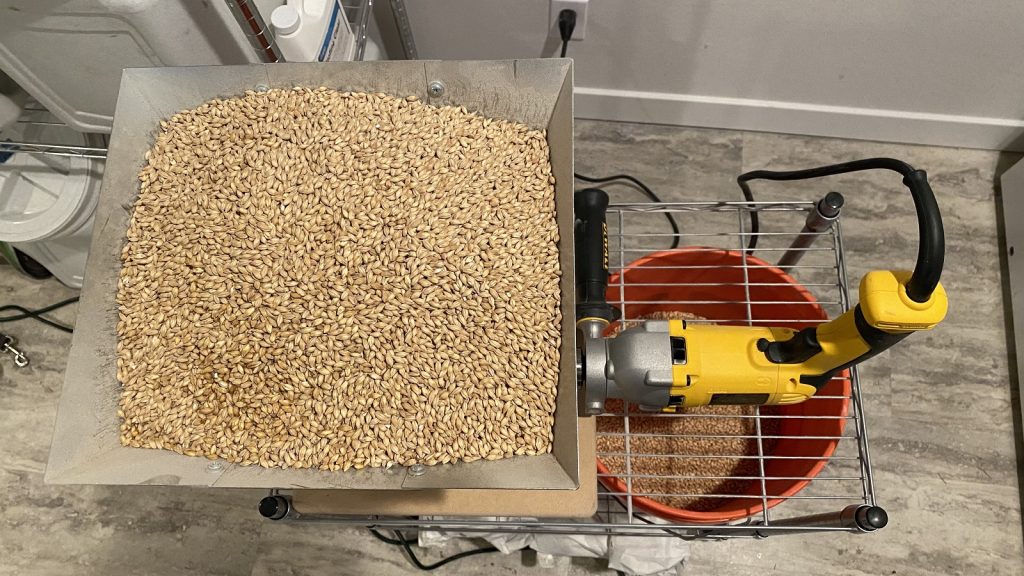
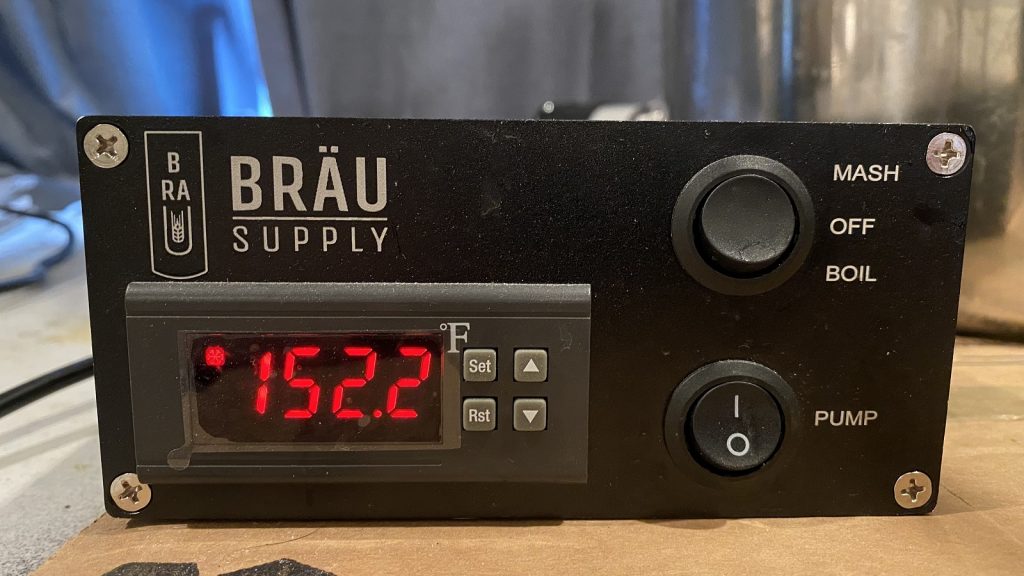
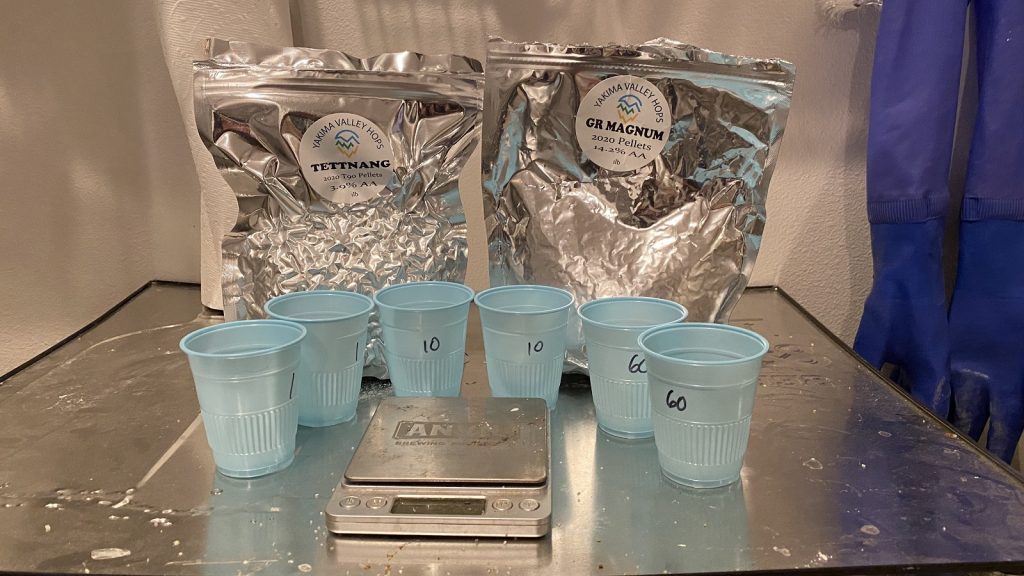
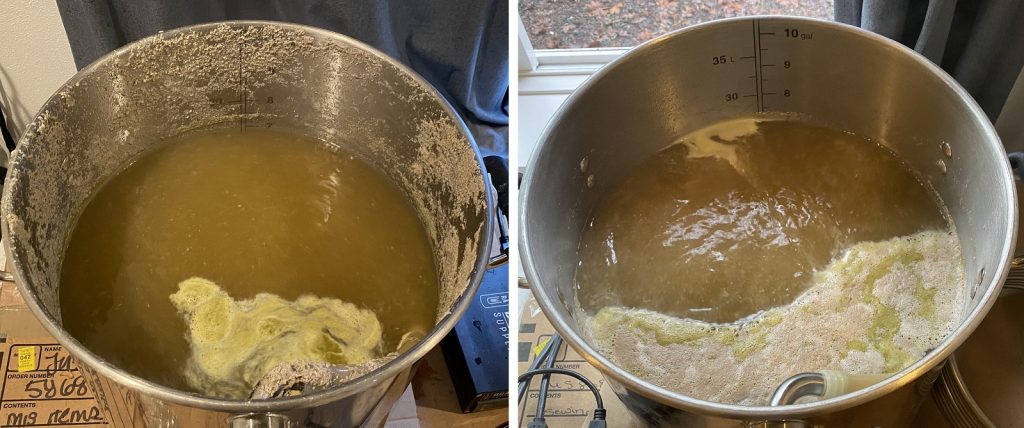
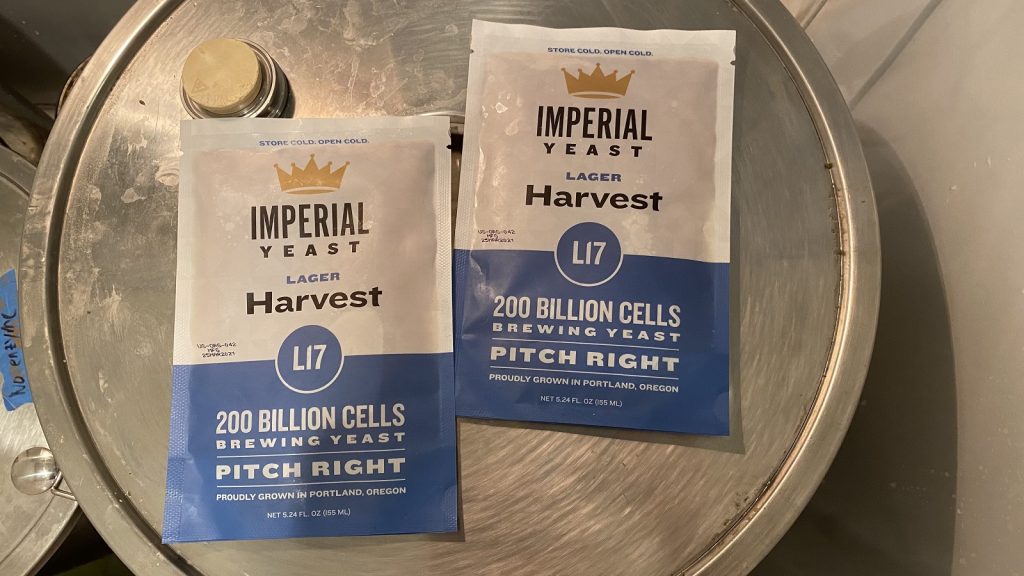
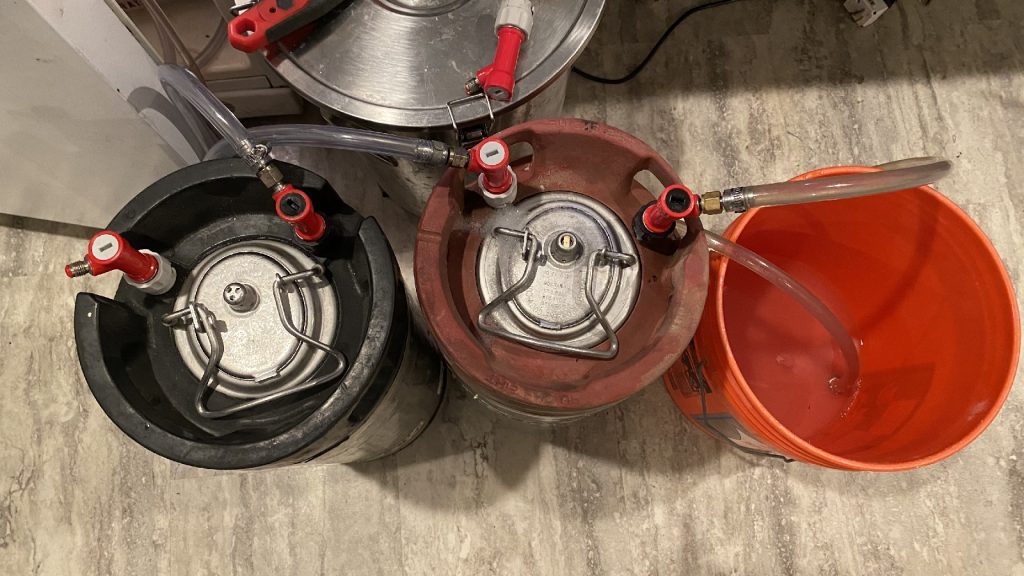











18 thoughts on “exBEERiment | Cold-Side Oxidation: Impact Purging An Empty Keg vs. A Keg Filled With Liquid Has On A German Pils”
Nice! I’d be interested to see a chart of samplings over time. Do another triangle test in 2 weeks, 4 weeks, 8 weeks – that kind of thing. Just to see if there’s an impact over a longer period of time.
Wait, you mean to get more data points over time to see if oxidation is prevalent and affects the storage differently over time? Why would they waste their time?
That’s right! So if I know I’m going to kick a keg in two weeks, or a month, I would just skip the step of filling with StarSan/purging. But, if I think the keg will be around for awhile (or if it needs to be around for awhile for the style), then I would be more careful. I get that oxidation is highly style-dependent, so global guidance wouldn’t work. But a general sense of when oxidation starts to impact certain styles would be interesting to know.
The kegs were aged for a month after packaging before tasting. If I still have the beers, I’ll check back in a few weeks. A chart over time would be cool! But outside the scope of this exBEERiment.
Edit: Also, there’s a cool graph in this document from the BA based on research in the 1970s regarding oxidation generally: https://www.brewersassociation.org/attachments/0001/3980/EDP_Quality.pdf
Curious if there is more of a difference over time. The effects might not be immediately noticeable.
I’ll check back in a few weeks, if I still have the beers.
Seems consistent with findings from another fairly recent exbeeriment:
https://brulosophy.com/2020/07/13/cold-side-oxidation-impact-of-transferring-a-pale-lager-to-a-non-purged-keg-exbeeriment-results/
Jake compared purging a liquid-filled keg to not purging at all (and the latter had the beer racked in with the lid open and “with decent amount of splashing while being filled.” Oh the horror!). No discernible difference in that one either, despite creating lots of opportunity for oxygen ingress.
I would love for you to repeat this experiment by adding in a 3rd scenario which is no purging at all in the keg!
I find that because my syphon transfers so steadily (no splashing), there is next to no effect of not purging the keg before filling. I obviously purge the remaining head space in the keg once full, but using this rough method I have not noticed any oxidation! I will need to do a proper triangle test to confirm…
A better method is connecting a vacuum pump to the gas line on the receiving keg and running it for a minute or two.
What is that gonna do? So gonna have o2 in it, enough vacuum to get everything out would impode the keg
Most oxidation damage won’t show up for quite a while as I understand it. I would like to see the results of you store the legs at, say 50 F for a year or so.
From the article “At this point, I proceeded with purging the kegs, one of which was left empty while the other was filled with sanitizer solution. After turning the CO2 to each keg on at the same time, I let them run until the keg filled with liquid was empty, at which point I cut the gas to both kegs off.”
Perhaps I’m a dumbass, but I do not understand how you purged here. I get that you pushed Starsan out of one keg with CO2. But how did you purge the other keg? Normally, I push some random amount of CO2 into the keg, purge, then do that again once or twice. I’m not sure how the “oxidized” beer was purged here- if at all.
The other keg was purged by connecting CO2 to the liquid post, pushing CO2 into the bottom of an empty keg and air out of the top through the gas post. Think of it like continuously purging vs burst purging.
You may note the the oxidation down the road if the beer is given more time. I wonder if an IPA would have been a better style to conduct the test with since oxidation can more readily affect the hops.
I hear you, but it’s worth noting that lagers are still readily susceptible to oxidation. It’s not just hops. Perhaps we’ll try this one again on an IPA at some point.
I feel like “oxidised” is a bit of a misnomer when talking about the negative effects of oxygen in the packaged beer. It’s more about the flavour stability (and mostly this with hops) than actually preventing the cardboard flavour/dark colour that comes with full oxidisation. I previously practiced empty keg co2 purging and yeah it works fine. No cardboard. Until I tried my hand at a NEIPA and found that they taste amazing for couple weeks and then fade to a bland pale ale. I then tried purging a full sanitised keg and the effect that had on hop flavour stability was pronounced, and the beer stayed in its prime for months (or as long as the keg last). I would be interested to see this experiment reproduced in a NEIPA where I imagine you would see the effects pretty starkly after a month of ageing
Interesting. I find value in pushing out Star San because I can gauge fermentation rate as well as check my system for any leaks (ie two days in if there’s no star Dan in the bucket we have a problem)
When you completely fill up the kegs, most air would be displaced with beer anyway. Therefore I expect the final difference in oxygen content to be very minimal. This trial would have been much more interesting when you had filled up the kegs only halfway.